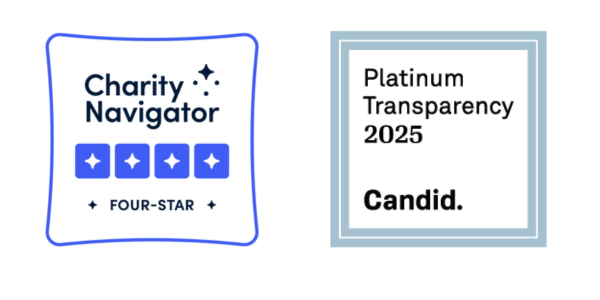By Jim Myers and Sebastian Dortch
Seven years ago, it was an issue in pressing need of a solution – the alarming achievement gap separating elementary school boys from girls, not only in Pinellas County but across the nation. Today, however, the gulf has markedly narrowed in the county thanks to a groundbreaking program known, fittingly, as Closing the Gap.
Championed from the start by the Pinellas Education Foundation, the program ranks as one of the Foundation’s crowning achievements and grown into a shining success story within Pinellas County Schools. It’s worth noting that there was a general lack of awareness that a gender gap existed at the time, making it even more vital that the Foundation get involved.
The transformative endeavor began with six Pinellas elementary schools and has since grown to 10, each offering gender-specific teaching methods to support student achievement. And while Closing the Gap has led to impressive gains for boys, girls have benefited as well – thanks to teachers being educated and trained in gender-differentiated instructional strategies.
As a measurement of the program’s impact, consider that the program’s projected percentage of literacy proficiency for boys Grades 3-5 for the Winter of 2019-20 was 47.7 – more than a 4-point gain from 2018-19. In addition, Belcher Elementary, a showcase Closing the Gap school, saw nearly a 10 percentage point jump in literacy proficiency for boys Grades 3-5 in 2019-20. More than 2,800 students were directly impacted last year, with 246 teachers involved in the program.
These are just some of the encouraging Closing the Gap numbers. The program represents a tale of collaboration and commitment between the Pinellas Education Foundation and Pinellas County Schools to tackle an urgent education issue – and change the course of children’s lives.
While there has been great attention paid to inequitable achievement differences between race, income and ethnicity, there had been less community understanding of the differences that exist for genders. The Foundation identified the problem in a special gender committee that we have been honored to lead, since delving into the matter with a detailed research study and a series of community symposiums between 2013-14.
The findings underscored the gap: that young boys lagged seriously behind their female counterparts in reading and comprehension, and that steps needed to be taken to equip teachers with the knowledge and tools to level the playing field. Without any intervention, many young boys were at risk of falling so far behind that they might never quite catch up, creating an ongoing chain of struggles both in school and life into adulthood.
The committee recognized that something needed to be done to address the literacy issue and behavior challenges teachers were facing with their boys – due to a lack of understanding around the differences in how boys and girls learn. To start, a rubric, used as a school-based assessment tool, was implemented to help schools understand their current practices. The rubric provided ideas of strategies in multiple areas to engage boys.
Next, the committee, through donor support, invested in training for teachers on gender-specific classroom strategies and in-school grants to support tools for instruction – such as flexible seating, books of interest to boys, and action games. Professional development for teachers has become a major focus and is held multiple times throughout the year. As a follow-up activity, participating teachers receive direct feedback in the classroom, where a trained coach observes the new teaching methods in practice and offers tips to improve delivery of the new instructional strategies.
It’s important to stress that our work was heartily embraced by Pinellas County Schools and Superintendent Dr. Michael Grego, and the initiative grew in scope with the additions to the committee of two school district members: Kevin Hendrick, Associate Superintendent of Teaching and Learning Services, and Ellen Truskowski, District Application Program Specialist with an expertise in the brain science involving boys and girls.
Along the way, we learned that boys perform better in class if, for instance, they drink water, keeping their brains hydrated. They have an inherent need to move, enjoy competition and prefer shoulder-to-shoulder interaction rather than face to face. By contrast, girls like more defined areas, small friend groups, and more structure, excelling more in discussion-focused learning environments.
A wonderful new feature recently took place last year with the “Boys Read Books Battle,” designed with the competitive nature of boys in mind as a motivational tool. It featured 10 teams with four boys on each who read such action books as The Attack of the Shark-headed Zombie, Buried Bones, and Space Mission Adventure. (Click here to view a short video of the competition).
We are excited that all this work has made a difference for the students, teachers, and families at these 10 elementary schools, and there are more lives to impact by expanding the program into even more Pinellas elementary schools. We look forward to growing the program, so we can bring its game-changing instruction to those who need it the most – and continue to close the gap.
Jim Myers, President and COO of Crown Automotive Group, is a past Chair of the Pinellas Education Foundation Board of Directors and a longtime board member; Sebastian Dortch is a Foundation board member and Human Resources Director of the Tampa Bay Times. They are leaders of the Foundation’s Closing the Gap Committee.
Click here to view a video about the program.

